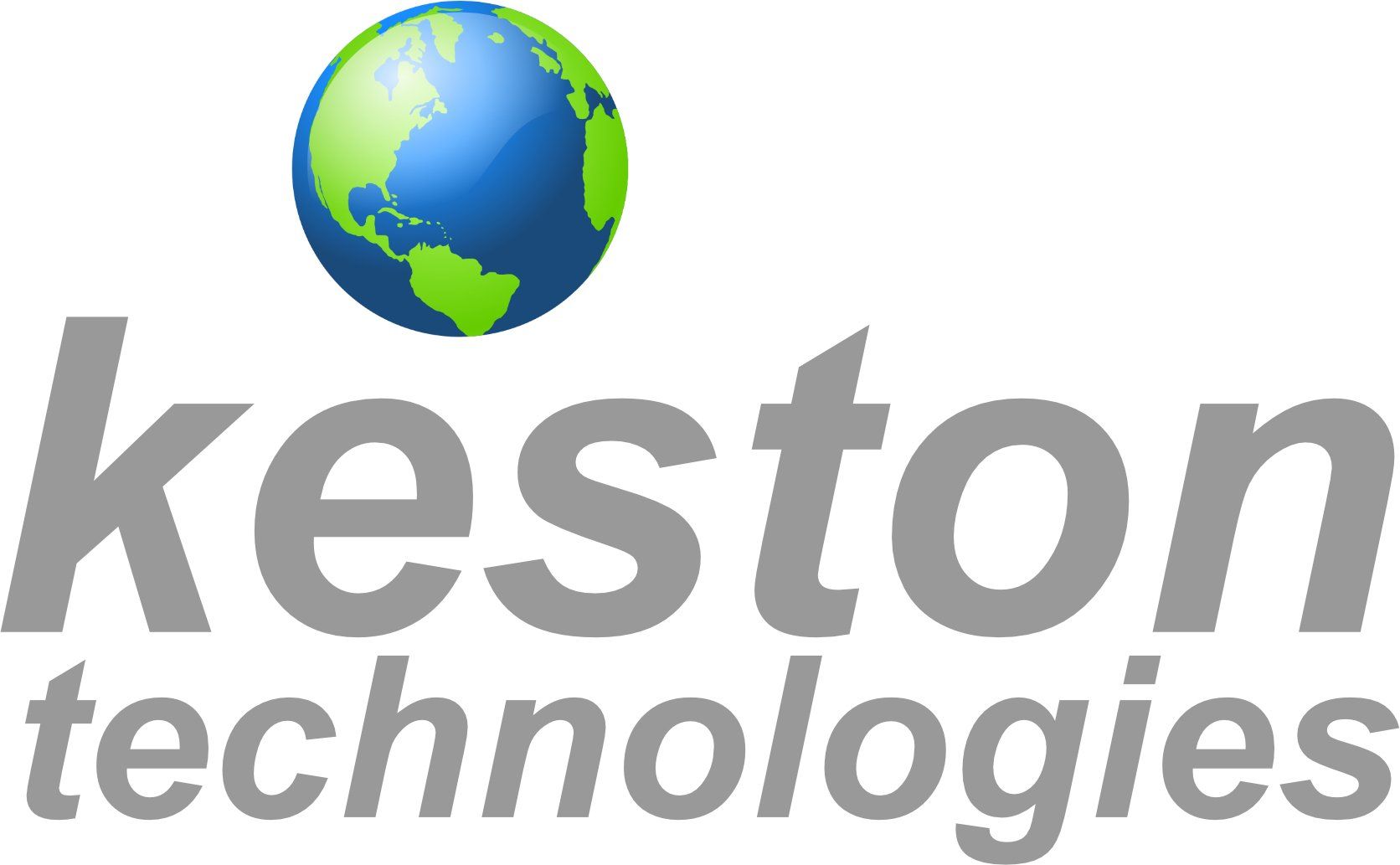Business Case for the Establishment of Arterial Drainage Networks in the Wheatbelt of Western Australia
On behalf of the Wheatbelt Catchment Alliance of WA , Keston Technologies developed a comprehensive business case for a new approach to managing salinity in the Wheatbelt.
The project is urgently required in order to reverse the degradation of prime farmland in the state by reclaiming land that has already become unproductive. An estimated 4.3m ha (16%) of the south-west region have a high potential of developing salinity from shallow watertables and this is predicted to rise to 8.8m ha (33%) by 2050. Neither governments nor NRM groups currently have a plan for salt land recovery in the Wheatbelt. However, although around 9% of the area is already lost to salinity, it is estimated that about 75% of this could be reclaimed with deep drainage. There is a growing body of scientific evidence to support deep drainage as the solution. Consistently, studies have demonstrated that arterial drainage systems can be an effective solution so long as the drains are designed properly, well-constructed and managed properly.
THE PROPOSED PROJECT
• Construction of 1,000 km of arterial drains in targeted priority sub-catchments across the Wheatbelt, with associated research and monitoring activities.
• Drains will provide farmers the opportunity to connect to a public facility that will provide safe disposal of ground water into designated playa lakes on the periphery of major lake chains.
• Design will incorporate appropriate surface water management channels to ensure that surface water will be excluded from the drain as far as practicable.
• Approx. one quarter of the landholders that would be impacted by the project have been consulted. Of these, 96% support the project.
• Funding model is a partnership between government and landholders requiring $27.5m of public funds over a 5 year period.
• Model is based on a market failure – unviable for landholders to bear the costs of both farm-scale drainage and arterial drain construction. But, if the arterial drains are constructed with public funds, farm-scale drainage becomes economically viable for landholders.
• Once public funds have enabled the building of the essential arterial infrastructure, the project would be sustainable and self-sufficient, based on the contributions from private landholders for the ongoing maintenance of the scheme.
• Drains will provide farmers the opportunity to connect to a public facility that will provide safe disposal of ground water into designated playa lakes on the periphery of major lake chains.
• Design will incorporate appropriate surface water management channels to ensure that surface water will be excluded from the drain as far as practicable.
• Approx. one quarter of the landholders that would be impacted by the project have been consulted. Of these, 96% support the project.
• Funding model is a partnership between government and landholders requiring $27.5m of public funds over a 5 year period.
• Model is based on a market failure – unviable for landholders to bear the costs of both farm-scale drainage and arterial drain construction. But, if the arterial drains are constructed with public funds, farm-scale drainage becomes economically viable for landholders.
• Once public funds have enabled the building of the essential arterial infrastructure, the project would be sustainable and self-sufficient, based on the contributions from private landholders for the ongoing maintenance of the scheme.
IMPACTS AND BENEFITS
• Economic benefits from the recovery program would be:
• Increase in the productive agricultural land and wider (indirect) economic benefits that will accrue from a larger, more vibrant agricultural sector in WA (multiplier).
• Avoidance of damage to public/private infrastructure and reduction of maintenance costs.
• Carbon credits through carbon sequestration resulting from revegetation of drainage corridors.
• Social benefits will include amenity benefits (such as ‘living lakes’), aesthetics, stronger rural communities and increased food security for WA.
• Environmental benefits will include the establishment of vegetated corridors along the valley floors, providing for bio-diverse interactions between species of flora and fauna by linking significant bush remnants and native reserves to bush land along the lake verges and wetlands.
• Cost-benefit calculations demonstrate a positive net present value (NPV) of $195m, and a Benefit-Cost Ration (BCR) of 3.96. Investment remains attractive even with quite large adjustments in the key parameters.

